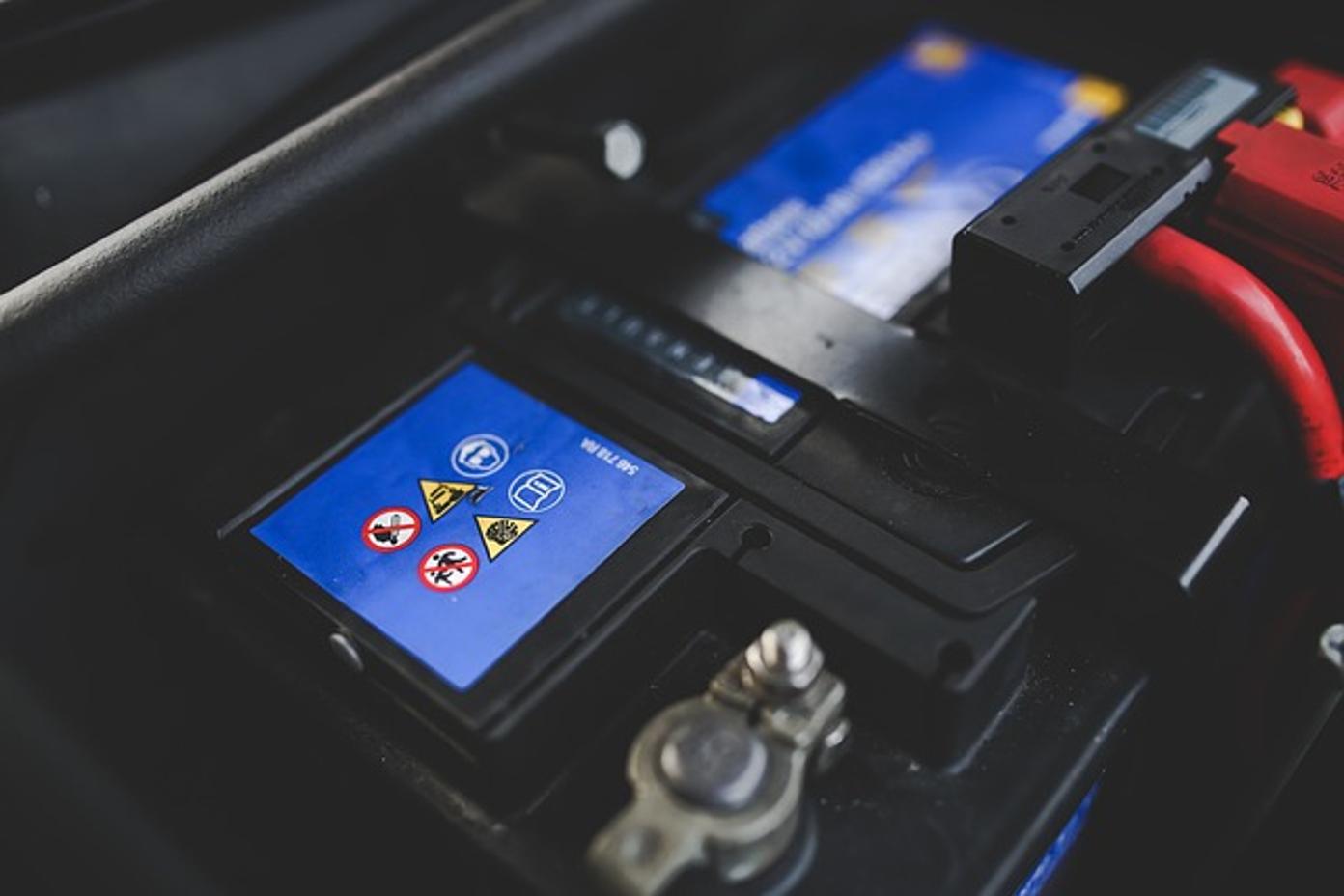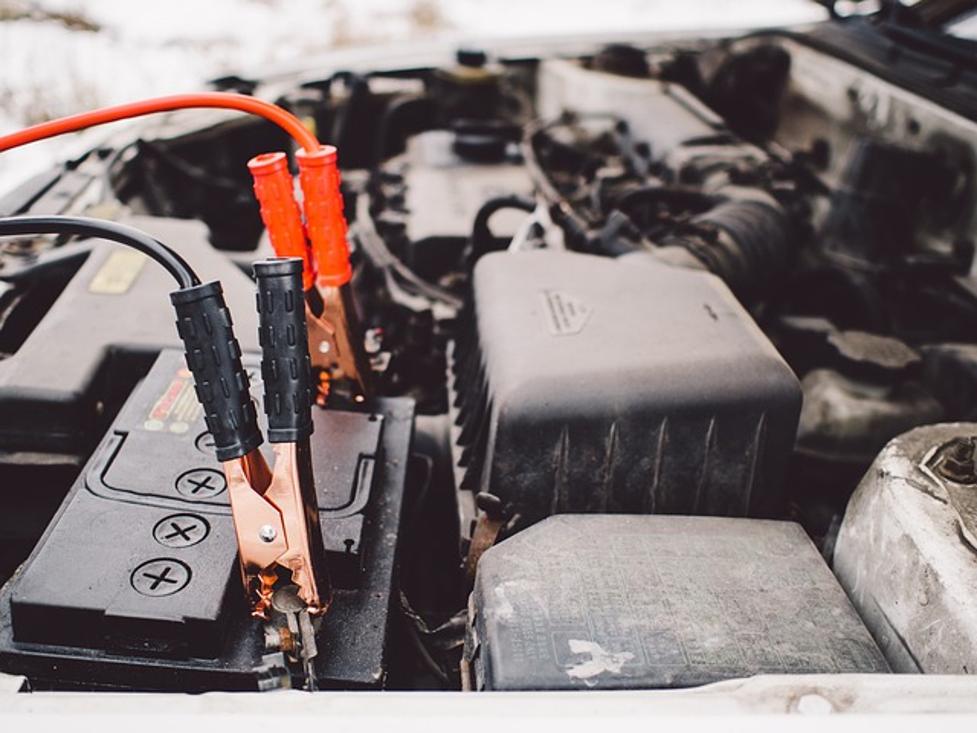What is the Main Disadvantage of an AGM Battery?
Introduction
Absorbent Glass Mat (AGM) batteries have gained significant attention for their versatility and reliability. They are commonly found in applications ranging from automotive to renewable energy systems. Despite their numerous benefits, these batteries come with certain drawbacks that potential users should be aware of.
Understanding both the advantages and disadvantages of AGM batteries can help in making an informed decision on whether they are the right choice for your specific needs. In this comprehensive guide, we will delve into the principal disadvantage of AGM batteries, which is their cost, as well as other potential drawbacks. We will also provide insights on how to mitigate these issues, supported by user experiences and expert opinions, and explore alternative battery options.

What is an AGM Battery?
AGM batteries, or Absorbent Glass Mat batteries, are a type of lead-acid battery. They are designed with a fiberglass mat that absorbs the battery's acid, making them spill-proof and maintenance-free. This unique design enables them to deliver high power in short bursts, making them ideal for high-performance vehicles and backup power applications.
These batteries are known for their low internal resistance, quick recharging capability, and a design that allows for deep cycling. However, the same design also contributes to some of the challenges users may face when opting for these batteries.

Benefits of AGM Batteries
AGM batteries offer several substantial advantages that make them a popular choice among various users:
- Maintenance-Free: AGM batteries do not require frequent refilling of water, making them hassle-free.
- Spill-Proof Design: The acid is absorbed into a mat, reducing the risk of spills and leaks.
- High Discharge Rates: They can deliver high currents in a short period, making them suitable for applications requiring quick bursts of power.
- Low Self-Discharge: These batteries can sit unused for longer periods without losing significant charge.
- Durability: AGM batteries are less prone to sulfation, a common cause of battery failure.
Despite these benefits, understanding the limitations of AGM batteries is crucial for potential users.
Main Disadvantage of AGM Batteries (Cost)
The primary drawback of AGM batteries is their cost, which can be significantly higher compared to other types of lead-acid batteries. This cost issue stems from several factors, each contributing to the overall expense:
-
Advanced Manufacturing Process: AGM batteries require a more complex manufacturing process compared to traditional lead-acid batteries. The precise engineering and high-quality materials involved escalate production costs.
-
High-Quality Materials: The absorbent glass mat and other components used in AGM batteries are more expensive than those in flooded lead-acid batteries. This is because they need to withstand deep cycling and maintain structural integrity.
-
Longer Lifespan and Better Performance: AGM batteries are designed to last longer and perform better under harsh conditions. Although this is a benefit, it also factors into the initial high cost.
-
Market Demand and Supply: While AGM batteries are increasingly popular, they are still not as widely used as traditional batteries. This lower demand can limit mass production benefits, keeping costs high.
For an average consumer, the upfront cost of an AGM battery can be a deterrent. While the long-term benefits and reduced maintenance might offset the initial investment, those looking for a cost-effective solution may find it challenging to justify the high expense.
Other Potential Disadvantages
While cost is the main disadvantage, AGM batteries come with other potential drawbacks that users should consider.
Overcharging Sensitivity
AGM batteries are sensitive to overcharging, which can significantly reduce their lifespan. Due to their design, they are more likely to heat up and get damaged when overcharged. Users must employ proper charging systems with voltage regulation to avoid this issue.
Limited Deep-Cycle Performance
Although AGM batteries are capable of deep cycling, they are not as robust in this function compared to some other battery types, like lithium-ion. Frequent deep discharges can gradually diminish their overall capacity and efficiency.
Vulnerability to Extreme Temperatures
AGM batteries perform best at moderate temperatures. They are vulnerable to both extreme heat and cold, which can affect their efficiency and lifespan. High temperatures can accelerate the evaporation of the electrolyte, while freezing conditions can cause the battery to lose capacity.
Mitigating the Disadvantages
Despite these drawbacks, several strategies can help mitigate the issues associated with AGM batteries:
- Using Quality Chargers: Employ chargers with advanced features like automatic shut-off and voltage regulation to prevent overcharging.
- Proper Installation: Ensure that the battery is installed in a temperature-controlled environment to mitigate the effects of extreme temperatures.
- Regular Monitoring: Periodically check the battery's health, especially if it is subject to frequent deep cycles or used in harsh conditions.
User Experiences and Case Studies
Real-world experiences illustrate the practical implications of AGM batteries. Users often commend the low maintenance and high power output while noting the initial cost as a significant concern.
For instance, John, a professional in the renewable energy sector, found AGM batteries highly reliable for his solar panel setup, but he had to invest in additional cooling systems to manage heat in his area.
Expert Opinions on AGM Battery Disadvantages
Experts in the field also provide invaluable insights. Dr. Jane Smith, an electrical engineer, notes that 'while AGM batteries are excellent for high-power applications, the cost factor cannot be ignored. Users should weigh the benefits against the expenses carefully.'

Alternative Battery Options
Several alternatives to AGM batteries are worth considering, such as:
- Flooded Lead-Acid Batteries: More affordable but require regular maintenance.
- Gel Batteries: Similar to AGMs but with gelled electrolyte, offering slow discharge but at a higher cost.
- Lithium-Ion Batteries: Highly efficient and long-lasting but far more expensive than AGMs.
Conclusion
AGM batteries offer multiple benefits, from maintenance-free operation to high power delivery. However, their main disadvantage, the hefty cost, cannot be overlooked. By understanding these drawbacks and how to mitigate them, you can make an informed decision on whether AGM batteries are the best fit for your needs.
Frequently Asked Questions
How does the cost of AGM batteries compare to other types?
AGM batteries are generally more expensive than traditional flooded lead-acid batteries and gel batteries but are less costly than lithium-ion batteries.
Are AGM batteries affected by temperature extremes?
Yes, AGM batteries are vulnerable to extreme temperatures. High temperatures can accelerate electrolyte evaporation, while freezing temperatures can reduce capacity.
What precautions should be taken to avoid overcharging AGM batteries?
To avoid overcharging, use chargers that feature automatic shut-off and voltage regulation. Regularly monitor the battery's charge status to ensure it is within safe levels.



